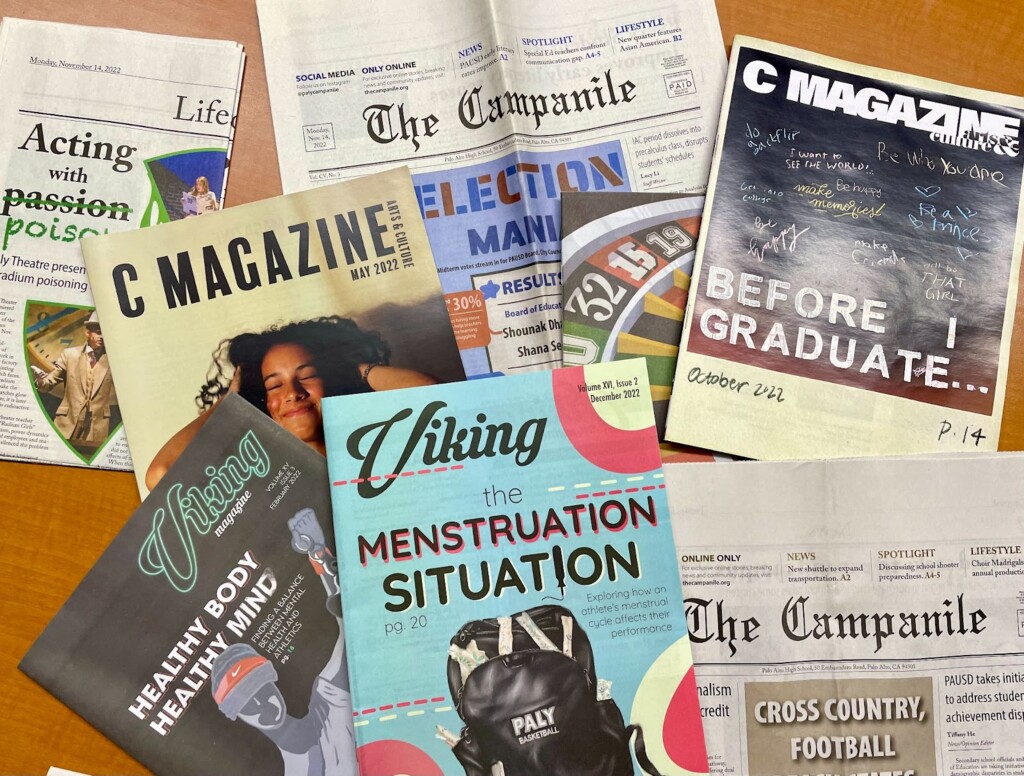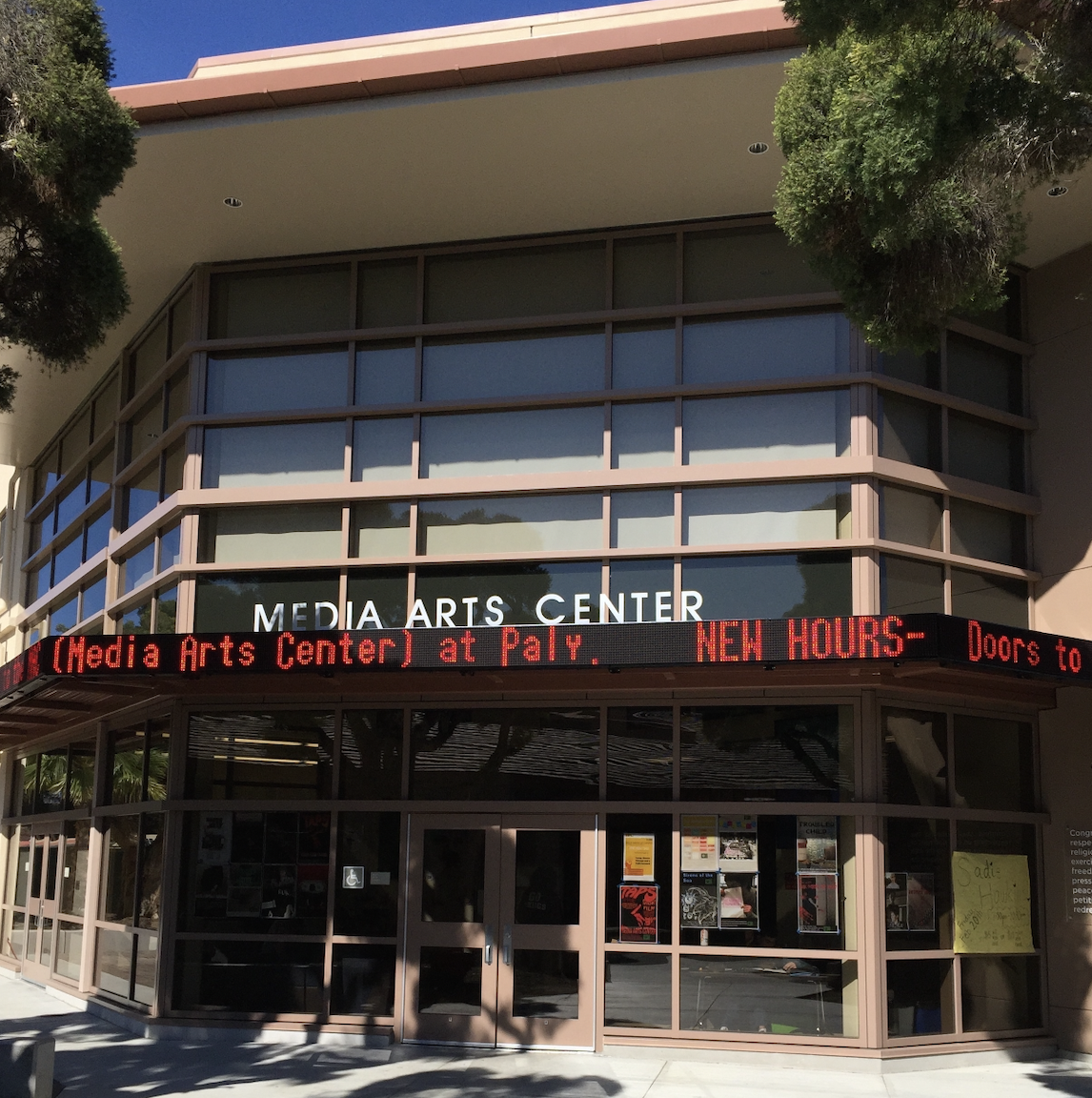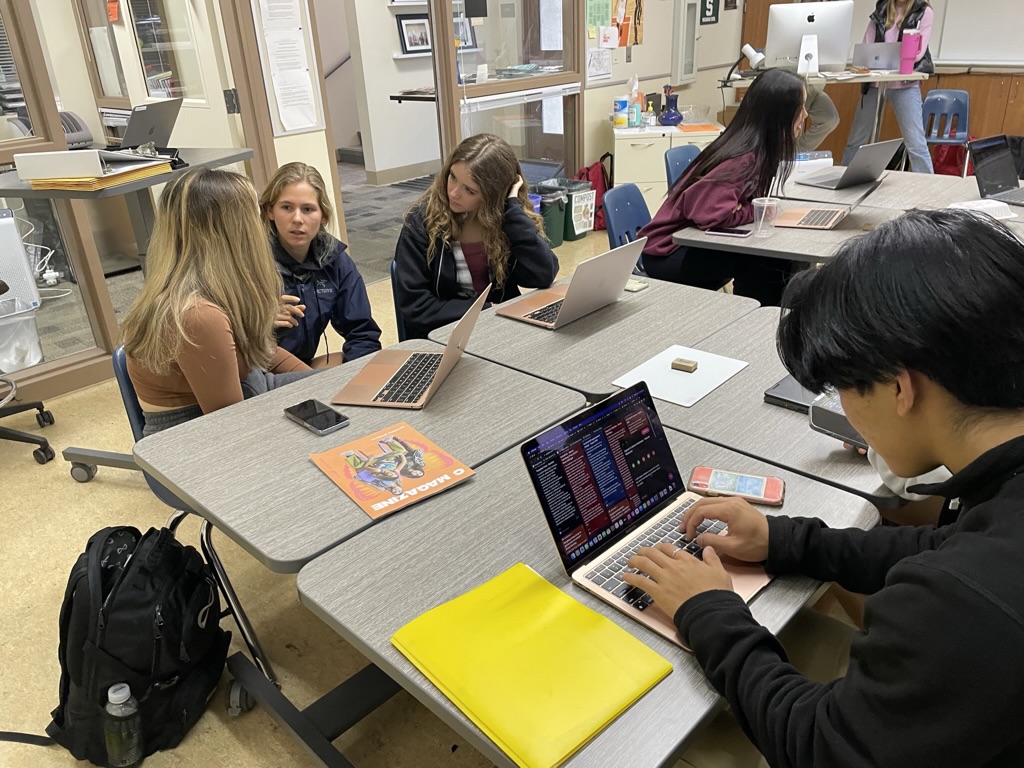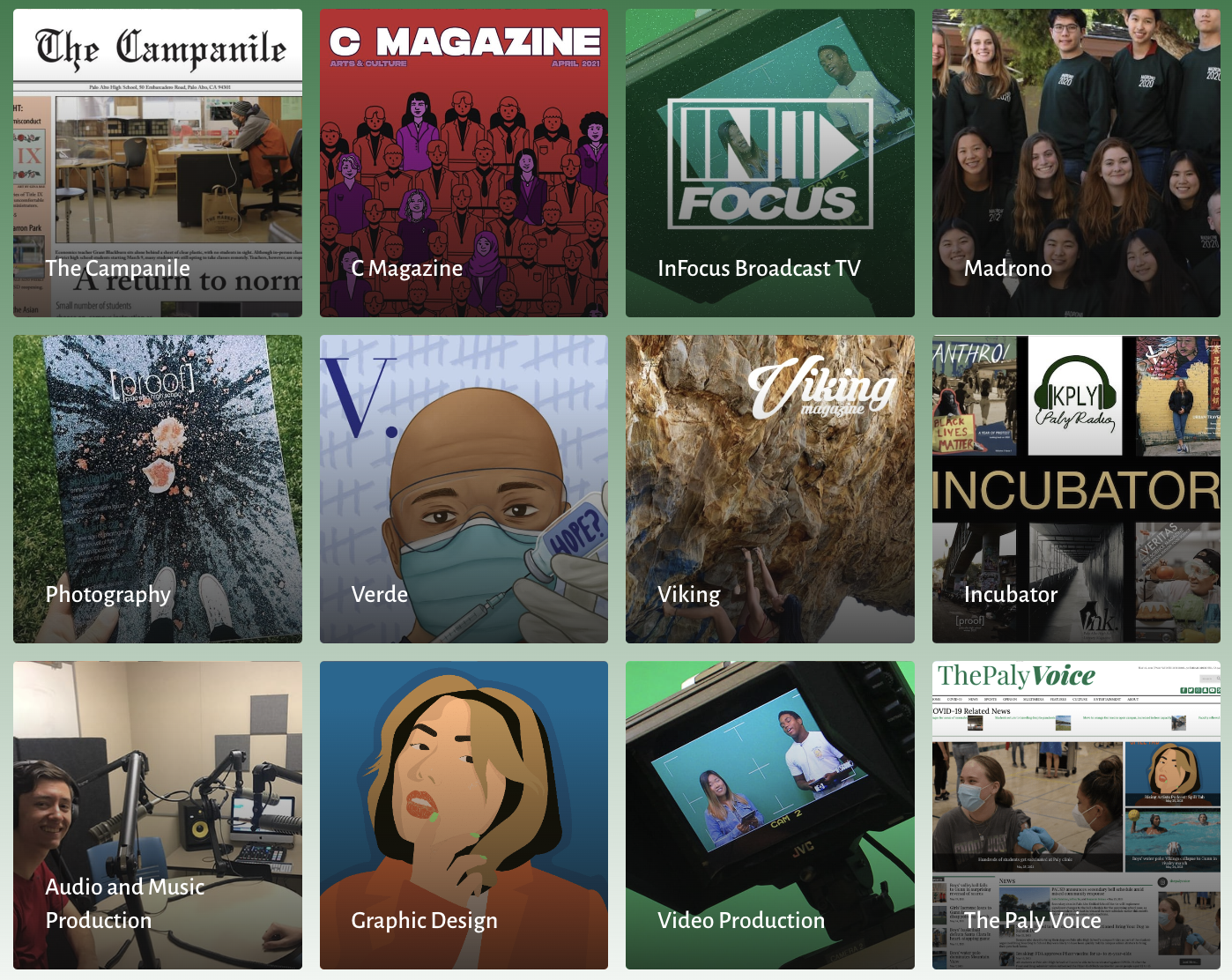Why Teach Journalism When AI Writes Articles?
Key Points
-
Historically, journalism has been a valued and viable career path.
-
However, the rise of the web, particularly social media, disrupted time-honored media business models.
-
Good writing matters in careers and in a healthy democracy and journalism–the regular production of public content in newspapers, magazines, and websites–is a great way to teach it.

Journalism serves several benefits including:
- Informing the public: Journalism provides accurate and relevant information to the public, helping them stay informed about local, national, and global events.
- Holding power accountable: Journalism exposes corruption, abuse of power, and wrongdoings by those in positions of authority.
- Promoting democracy: A free press plays a crucial role in democratic societies by fostering public debate and holding elected officials accountable.
- Providing a platform for diverse voices: Journalism amplifies the voices and perspectives of marginalized communities, promoting inclusivity, equity and diversity.
- Driving social and political change: Investigative journalism can uncover injustices and bring attention to important social and political issues, leading to positive change.
This concise if not compelling case for journalism (generated by ChatGPT) provides a foundational rationale for why it should be taught in elementary and secondary schools.
Historically, journalism has been a valued and viable career path. However, the rise of the web, particularly social media, disrupted time-honored media business models. Half of newspaper readers and journalists disappeared over the past 15 years reports the UNC School of Journalism adding that newspaper circulation decreased by 55 million between 2004 and 2019 resulting in 36,000 fewer journalism jobs.
While there are fewer newspaper roles, job boards are full of journalism, communications, advocacy and marketing jobs where strong writing matters. While AI writers (like ChatGPT) will produce more first drafts and simple posts, talented humans will remain in the loop creating story ideas, crafting prompts, editing drafts and curating content.
Compelling writing is a core executive skill at companies like Amazon. In their 2021 book Working Backwards, longtime Amazon execs Bill Carr and Colin Bryar explain that complex decision-making requires narrative and memos beat presentations for information density, problem analysis, and building shared understanding.
Good writing matters in careers and in a healthy democracy and journalism–the regular production of public content in newspapers, magazines, and websites–is a great way to teach it.
High School Journalism
The biggest and best high school journalism program is hosted at the Media Arts Center at Palo Alto High School, Paly Mac. Rejuvenated 40 years ago by Esther Wojcicki in a portable behind the school, the program features a dozen student-led publications and a state-of-the-art facility.

Stepping inside Paly MAC is like walking onto the basketball court at Duke during practice– there’s engagement, intentionality, leadership and a tradition of excellence. The buzz of student teams working on getting a story right and stacks of prior publications make it clear that good work is done here.
On a recent visit, we saw Viking Magazine editor-in-chief Elizabeth Fetter (below center) meet with her team of sports writers after the holiday break. She ran a great meeting where she was clear about roles and goals, set high expectations and followed up with individualized support.
Fetter took a Beginning Journalism class as a sophomore and an advanced class as a junior Viking staff writer. She is taking a leadership course as a senior to support her editor-in-chief role. This thoughtful three-year pathway progression supports all the publications.

Campanile is the campus newspaper. The first magazine was Verde, a news and feature publication. C Magazine features arts and entertainment. InFocus is a daily TV news production. Madrono is the yearbook. Paly Voice is digital news (where a recent feature explored controversial uses of ChatGPT). Paly MAC also features photography, video production, graphic design, and social media. More than 180 students staff Paly publications.

In addition to strong written communication, Paly MAC pathways teach leadership and teamwork, research and marketing, project management, and business management. Each of the Paly publications is a thriving brand with a sustainable business model.
An incubator course taught by Paul Kandell engages student teams in developing new publications or reformatting old publications–a great way to teach entrepreneurship in high school.
Middle-Grade Journalism
While visiting Paly MAC, we met Daniel Stedman, the founder of L Magazine and Brooklyn Magazine. When he sold the publications in 2015, his commitment to community journalism turned to education. He volunteered in New York City journalism programs. He saw writing improve but students and programs came and went. Rather than impacting dozens of learners, Stedman got the sense he could impact millions of students with a writing app. In 2020, he launched Pressto to teach learners in grades 3-8 to write through journalism.
Stedman thinks the middle grades are a great place to teach better communication through writing. Journalism motivates students to write more. It develops voice, agency, and encourages learners to share their ideas. “Journalism is an aspirational way of inspiring stories and civic engagement in middle grades,” said Stedman.
Pressto learners develop writing plans for narrative stories, informational news articles, and persuasive writing. Planning Blocks make the structure of writing approachable for students while helping to organize ideas and assemble together in a finished work of writing. AI provides detailed writing prompts and delivers real-time formative feedback. Teachers have the option to monitor student progress in real-time. Pressto is free this year and will add a premium feature next year.
Human Writers
With a focus on quality public products, teaching journalism promotes strong writing while building transferable leadership skills. Sustaining publications, like those at Paly MAC, invite students into a tradition of excellence while offering voice and choice. Every month yields portfolio-worthy work–and it’s work important to the learner and the community.
As AI writers proliferate and automate parts of journalism (sports scores and corporate earnings reports are already automated articles), students and professionals will increasingly add smart tools to research and content development (e.g., GPT4 was added to Microsoft’s Bing) potentially yielding more and better writing.
Adding smart tools to the publication process will increase the human focus on spotting and framing issues, voice and creativity in storytelling, curating and editing content. This new era of human–machine collaboration (already being called the fifth industrial revolution) requires an ethics update on sources, methods and attribution.
For teachers and students, new AI-powered tools like Pressto are a useful introduction to human–machine collaboration in writing. The use of new tools will be accompanied by AI detection Whac-A-Mole. The rise of AI writers may, as Rick Hess argued, unflip classrooms for a time allowing teachers to observe more of the writing process.
However, the future opportunity in writing instruction is not detection, it’s empowerment–the agency and voice, the ethics and expectations of programs like Paly Mac that invite learners into forms of human expression that they value and are valued by their community.






0 Comments
Leave a Comment
Your email address will not be published. All fields are required.